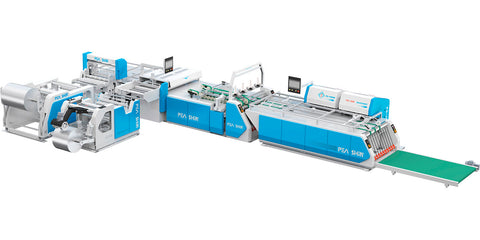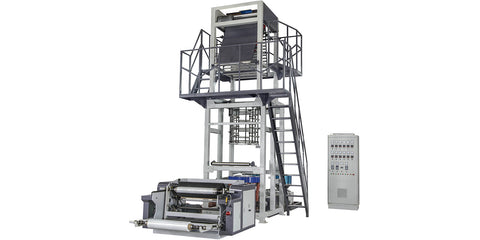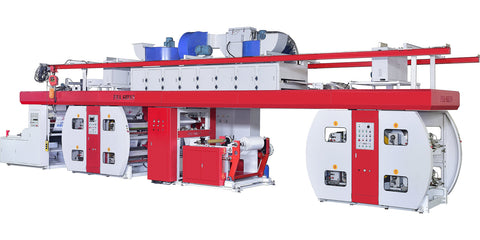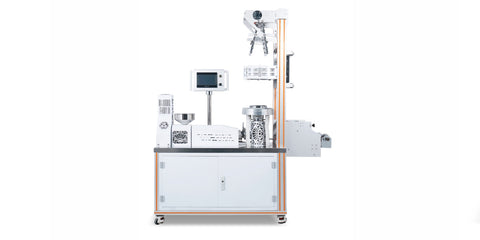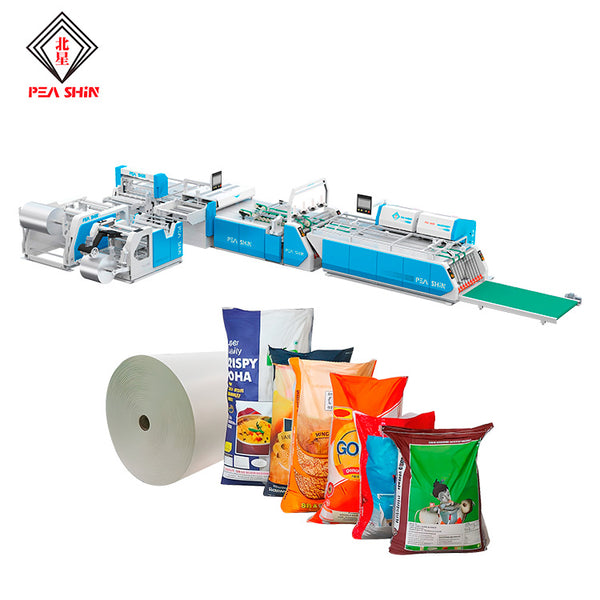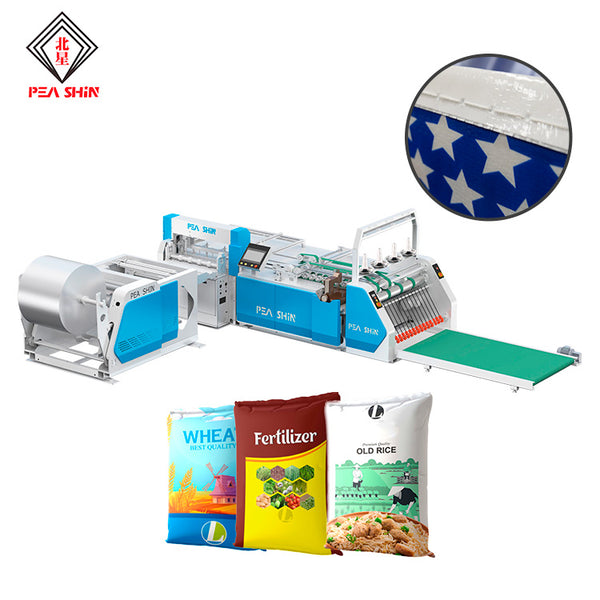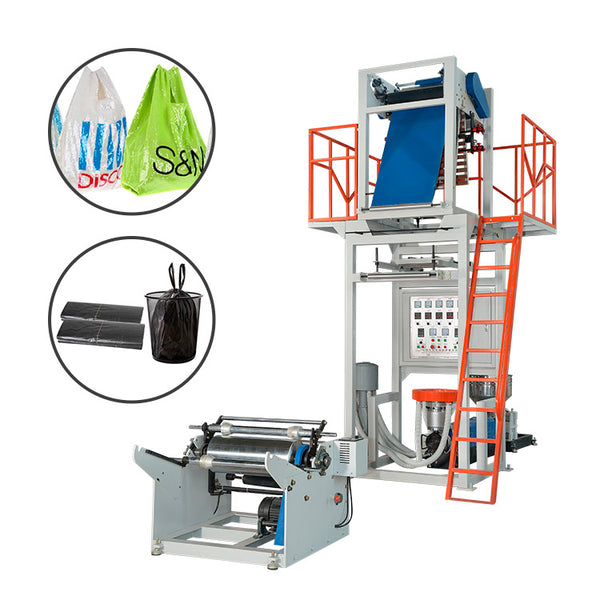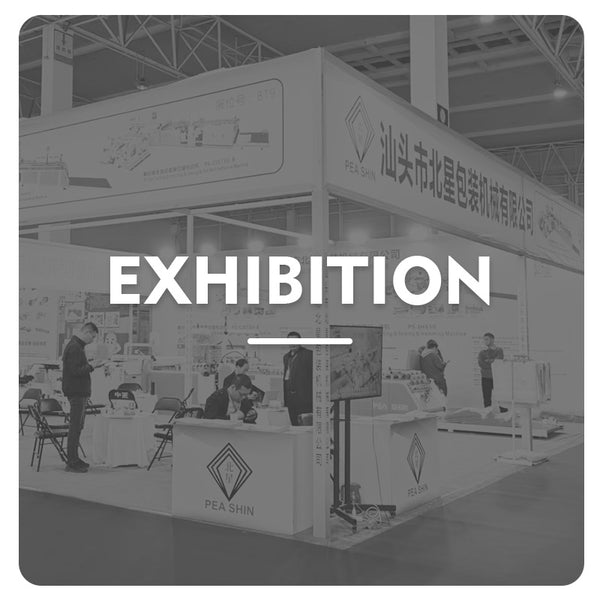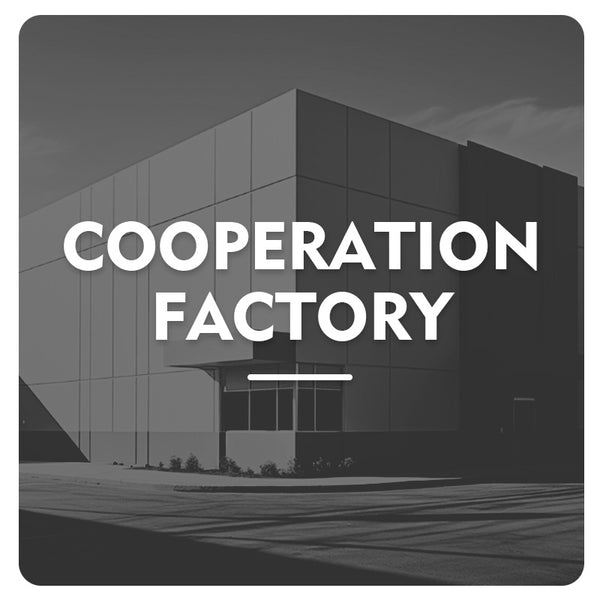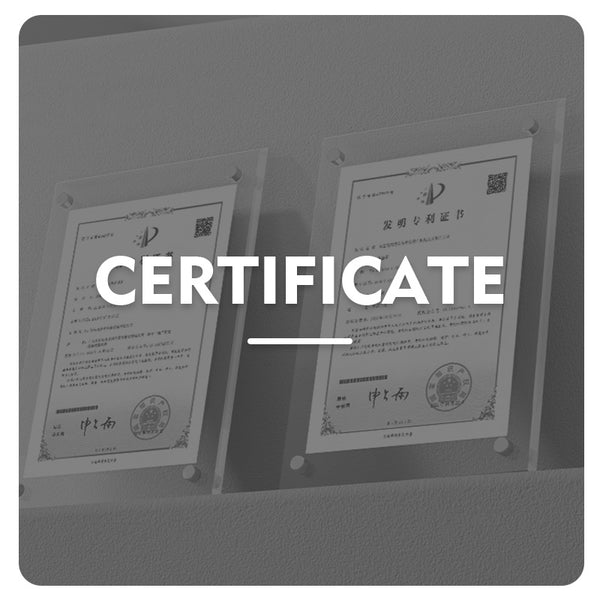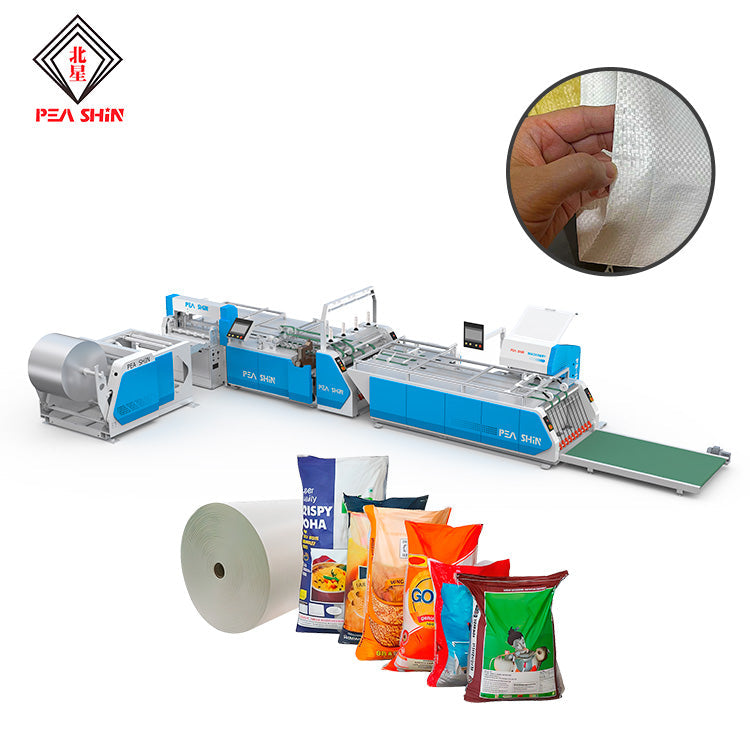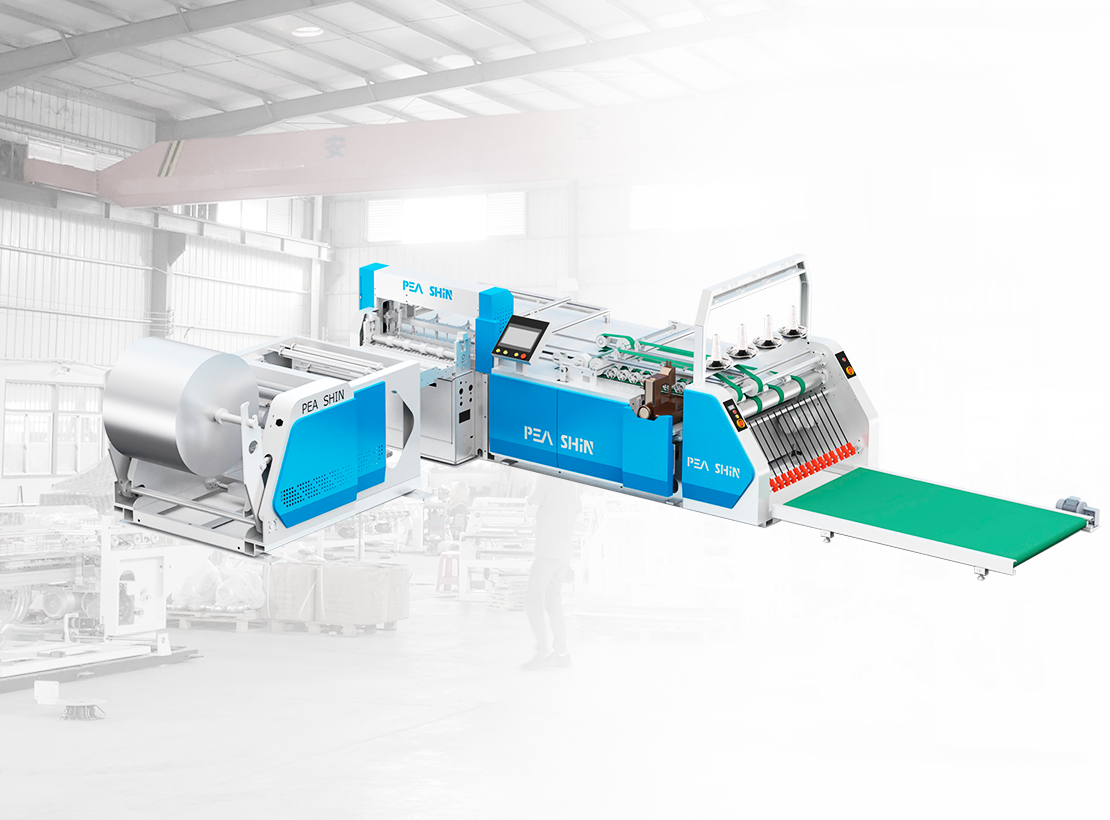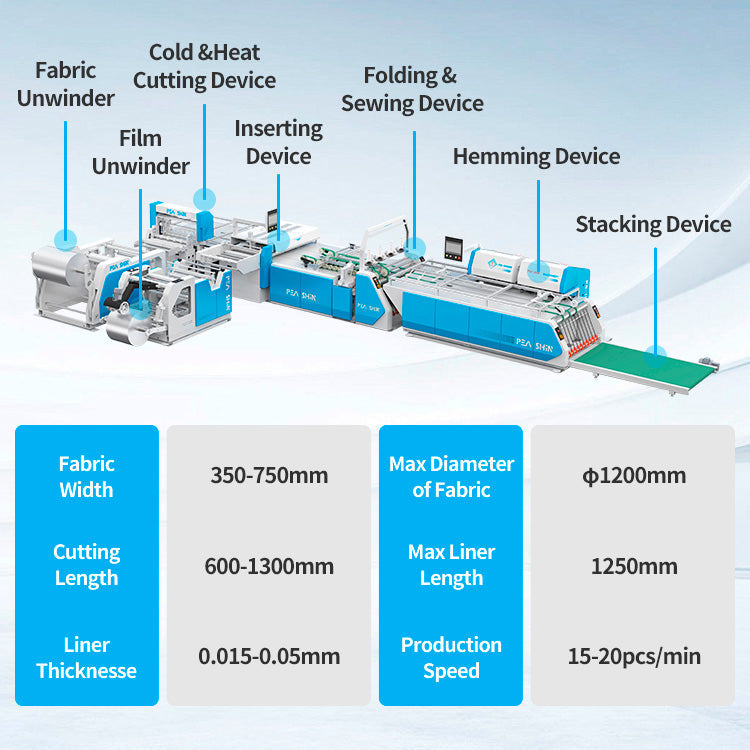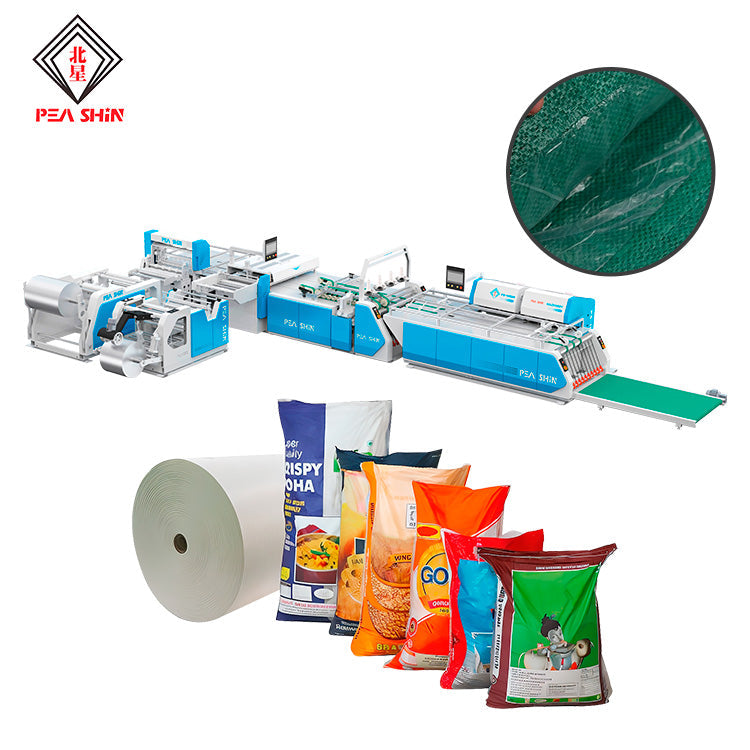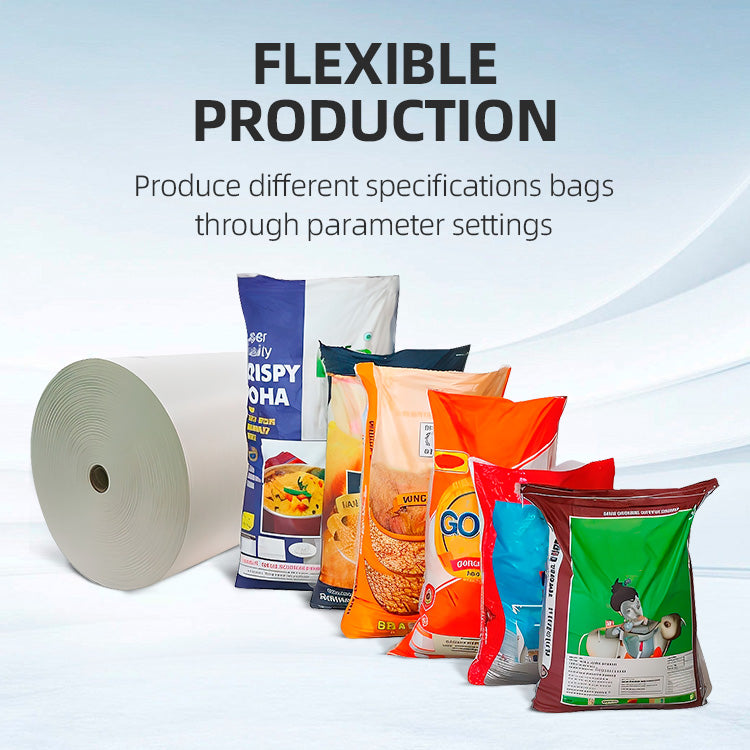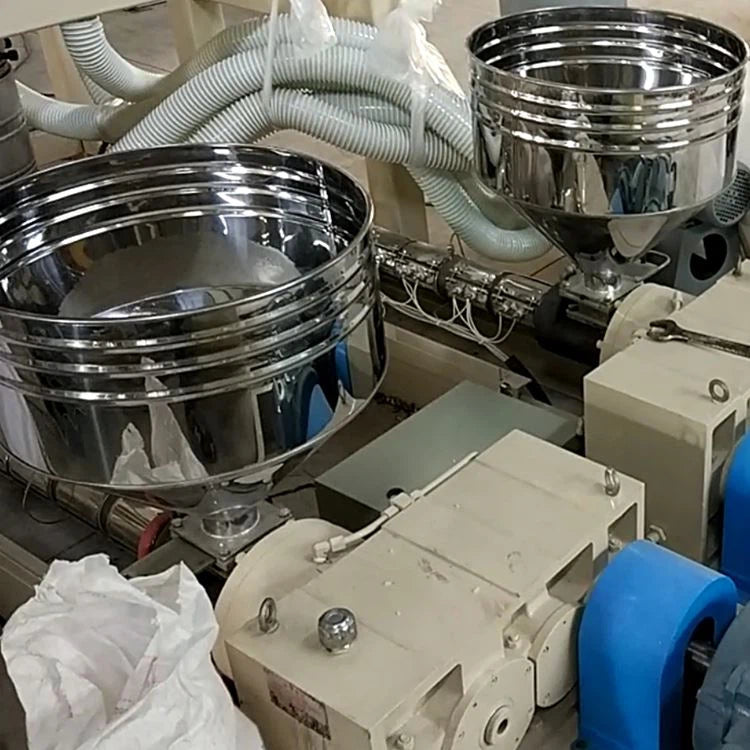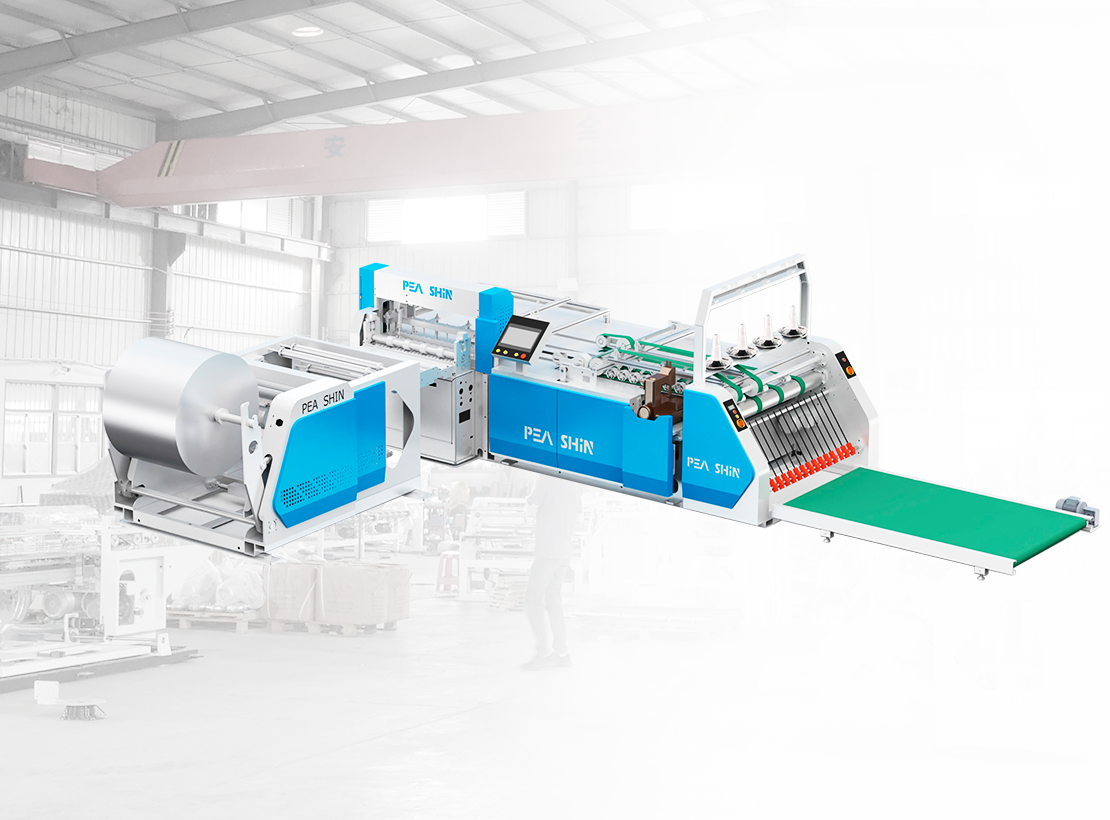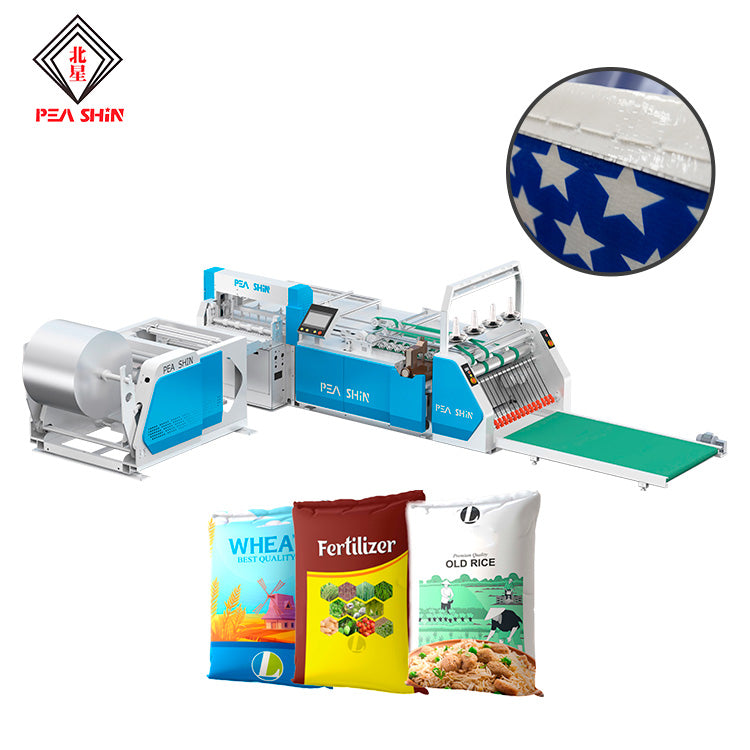
How to Choose the Best Woven PP Bag Making Machine in 2025
Introduction
In today’s competitive packaging industry, efficiency, reliability, and cost-effectiveness are paramount. A Woven PP Bag Making Machine has become the cornerstone of businesses looking to produce high-quality polypropylene bags rapidly and economically. Whether you’re a seasoned bag manufacturer or a startup exploring your first production line, understanding the ins and outs of this machine is crucial to unlocking greater productivity and market competitiveness.
What Is a Woven PP Bag Making Machine?
A Woven PP Bag Making Machine is an industrial-grade piece of equipment designed to convert woven polypropylene fabric into finished bags. These bags are widely used for packaging cement, grains, fertilizers, chemicals, and a host of other bulk materials. By automating cutting, folding, sewing, and bottom-sealing processes, this machine dramatically reduces labor costs and production cycle times compared to manual methods.
Key Components & Features
-
Fabric Feeding System
-
Ensures smooth and consistent unwinding of woven PP fabric
-
Adjustable tension control to prevent wrinkle formation
-
-
Cutting & Folding Unit
-
Precision knives for paper-sharp bag length cutting
-
Programmable fold settings for gusset, side-fold, or flat-bag styles
-
-
Sewing & Sealing Mechanism
-
High-speed multi-needle sewing heads (single, double, or triple)
-
Ultrasonic or hot-melt sealing options for leak-proof bottoms
-
-
Control Panel
-
PLC touchscreen interface for parameter setting
-
Real-time monitoring of production speed and stitch count
-
-
Safety & Maintenance Features
-
Emergency stop buttons and protective guards
-
Lubrication points and easy-access panels for routine service
-
Advantages of Using a Woven PP Bag Making Machine
-
High Production Speed: Most machines operate at speeds of 60–120 bags per minute, depending on bag size and stitching style.
-
Consistent Quality: Automated processes ensure uniform dimensions, stitch integrity, and seal strength across large batches.
-
Labor Savings: Significant reduction in manual handling, cutting, and sewing labor.
-
Material Efficiency: Precision cutting minimizes waste, lowering raw material costs over time.
-
Versatility: Capable of producing various bag sizes (from small retail bags to large jumbo sacks) and styles (open-mouth, valve, gusseted).
Common Applications
A Woven PP Bag Making Machine finds its place in numerous industries:
-
Building Materials: Cement, sand, and tile grout packaging.
-
Agriculture: Fertilizer, grain, seed, and feed bags.
-
Chemicals: Packaging of powdered detergents, resins, and industrial chemicals.
-
Food & Beverage: Sugar, flour, rice, and coffee packaging (with food-grade PP fabrics).
-
Retail & Logistics: Custom promotional bags, shopping totes, and reusable carrier bags.
How It Works: From Fabric Roll to Finished Bag
-
Loading: The operator loads the woven PP fabric roll onto the unwinding shaft.
-
Feeding & Tensioning: The fabric passes through guide rollers that maintain tension.
-
Cutting: A servo-driven knife cuts the fabric to the predetermined bag length.
-
Folding & Gusseting: Folding plates and gusseting tools shape the fabric into bag form.
-
Sewing/Sealing: Multi-needle sewing heads or sealing bars close the bag’s open end and form the bottom.
-
Discharge: Finished bags exit via a conveyor or collection bin, ready for filling.
Tips for Selecting the Right Machine
-
Production Capacity
-
Calculate daily or monthly bag output needs.
-
Choose a machine with a speed margin to accommodate future growth.
-
-
Bag Specifications
-
Determine bag dimensions, weight capacity, and style (e.g., valve vs. open-mouth).
-
-
Fabric Type & GSM
-
Ensure compatibility with your chosen PP fabric weight (usually 40–150 GSM).
-
-
Automation Level
-
Semi-automatic machines require some manual feeding; fully automatic models handle everything from roll loading to bag count.
-
-
Energy Consumption
-
Compare power requirements and look for energy-saving features such as soft-start drives and efficient motors.
-
-
After-Sales Service & Spare Parts
-
Opt for manufacturers offering prompt technical support, spare-parts availability, and on-site training.
-
Maintenance & Safety Best Practices
-
Regular Lubrication: Adhere to the manufacturer’s schedule for oiling sewing heads and moving parts.
-
Blade Care: Keep cutting knives sharp and replace them at the first sign of wear to maintain clean cuts.
-
Stitch Inspection: Check stitch quality daily to detect thread breakage or tension issues early.
-
Electrical Safety: Ensure wiring and control panels are free of dust and moisture; have a qualified electrician inspect connections annually.
-
Operator Training: Certified training reduces downtime and prevents accidents related to improper use.
Why Choose Peahsin’s Woven PP Bag Making Machine?
At Peahsin, we specialize in delivering state-of-the-art Woven PP Bag Making Machines tailored to your unique production needs. Here’s what sets us apart:
-
Custom Solutions: From low-volume pilot lines to high-speed automated systems, we design machines around your specifications.
-
Quality Assurance: ISO-certified manufacturing and rigorous pre-shipment testing guarantee reliable performance.
-
Global Support Network: With service centers and spare parts warehouses strategically located worldwide, we minimize your downtime.
-
Competitive Pricing: By optimizing our supply chain and production processes, we offer premium machines at accessible price points.
-
Innovation Driven: Ongoing R&D ensures our machines integrate the latest in automation, energy efficiency, and IoT-ready controls.
Conclusion
Investing in a Woven PP Bag Making Machine is a strategic move for any packaging operation aiming to boost efficiency, reduce costs, and maintain consistent product quality. From robust construction and advanced automation to comprehensive after-sales support, Peahsin’s machines are engineered to keep your production line running smoothly and profitably. Contact Peahsin today to discuss your requirements, request a quote, or schedule a live demonstration—and take the first step toward transforming your bag manufacturing process.
